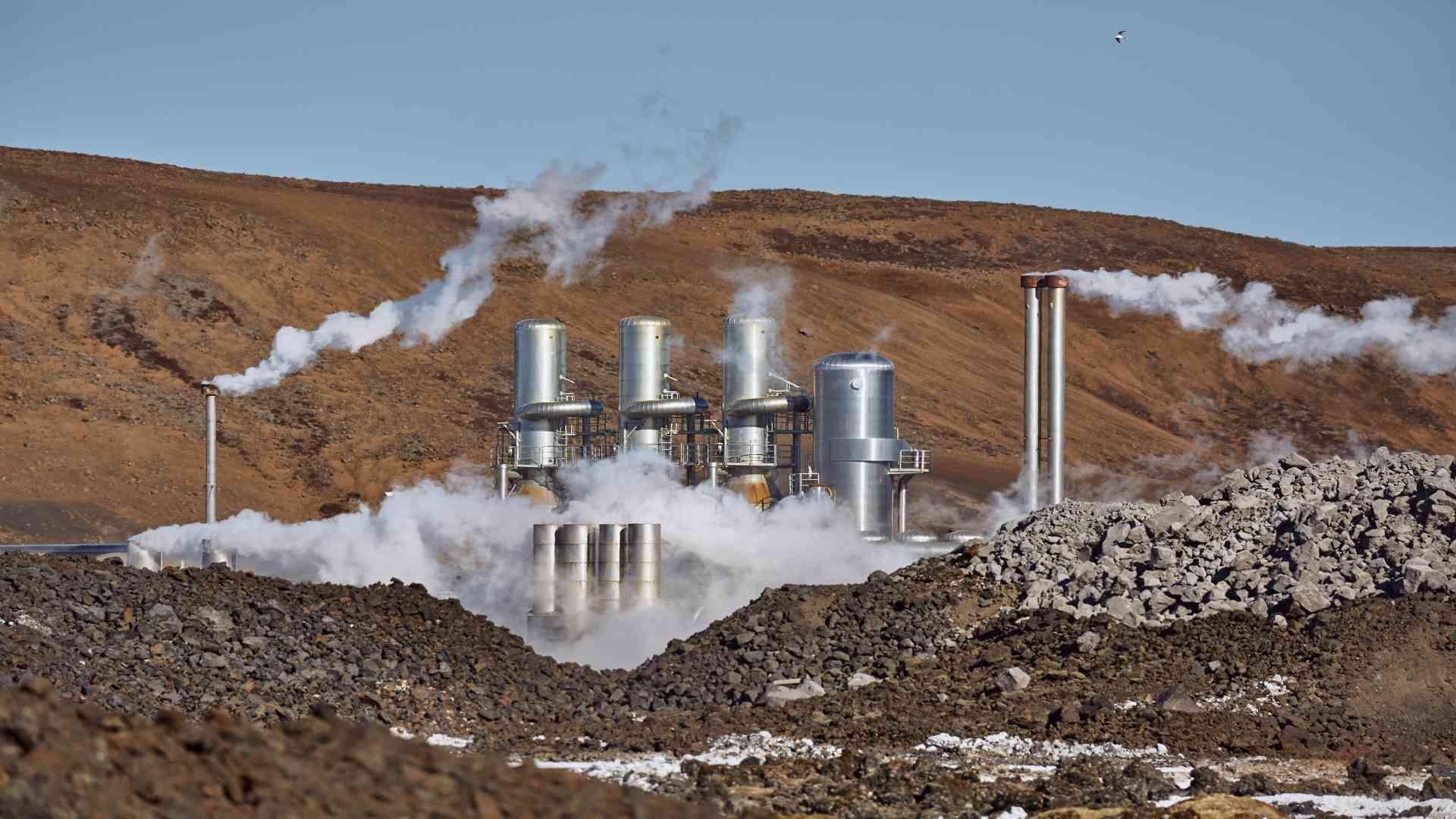Geothermal Energy: Sustainable Energy Source
The potential for geothermal energy to provide a sustainable and reliable energy source is well known. But what is less appreciated is geothermal energy’s role in solving one of the 21st century’s most pressing challenges – the looming shortage of lithium, a key component in batteries for electric vehicles (EVs) and other applications.

Geothermal Energy
High Demand For Lithium
As the world becomes increasingly focused on sustainability, many industries are looking for ways to reduce their environmental impact. Lithium is one of the key ingredients in rechargeable batteries, which is in high demand as consumers adopt more portable electronic devices and electric vehicles. By 2050, global demand for lithium is predicted to rise by 500%.
Lithium batteries are lighter than traditional lead-acid batteries, have a higher energy density, and have a longer life span. These benefits make lithium a vital part of the clean energy supply chain.
The Biden-Harris administration in the U.S. has set a goal of transitioning the transportation system to electric power in order to shrink the sector’s carbon footprint. These electric vehicles use large-scale lithium-ion batteries. The batteries are meant to take the place of fossil fuels. However, some industry experts are concerned about the increased demand for lithium-ion batteries. The world’s lithium resources must be preserved to facilitate long-term technological transformations.
Limitations on Lithium Supply
Manufacturers rely on lithium-ion batteries to power electric vehicles (EVs). However, there is a lithium shortfall worldwide, which is causing EV production plans to be delayed.
Lithium is a critical component in electric vehicle batteries, most of which is mined from rock or brine. Australia was the global leader in lithium mine production in 2021, with an estimated production of 55,000 metric tonnes. Chile and China came in second and third, with 26,000 and 14,000 metric tonnes of lithium production, respectively.
According to the USGS, the United States has nearly 8 million metric tonnes in reserve, placing it among the top five countries in the world. However, there is only one operational lithium mine in the United States: Albemarle’s Silver Peak in Nevada.
Modern mining methods rely largely on fossil fuels as well. Mining experts rely on gasoline to run their machinery and heavy equipment, but oil price has risen since Russia invaded Ukraine. Higher gasoline prices have put pressure on miners, limiting their ability to extract lithium and resulting in higher costs and a reduction in global lithium supply.
Miners are also reducing their extraction operations to reduce negative environmental consequences. Lithium mining requires a lot of water. Local mines cause soil erosion in Argentina’s agricultural economy.
Environmentalists are now proposing geothermal energy as a cost-effective and environmentally friendly alternative extraction process for lithium mining.
Geothermal Energy Solving the Lithium Shortage
The recent establishment of a 1,160-megawatt production goal for geothermal electricity in California presents an exciting opportunity for the state to tap into a significant lithium supply.
California’s the Salton Sea is home to hot brines that could be used to power geothermal plants. These plants use ground loops to access Earth’s natural temperature gradients, which allows them to produce electricity in all weather conditions.
To obtain steam, geothermal plants use the Earth’s temperature differences. The steam powers turbines that generate electricity without emitting any pollutants. As power plants extract steam, a saline solution emerges as a byproduct. Several minerals, including lithium, are present in this solution. Lithium may be extracted from the solution at a reduced cost than it can be extracted from typical mines. The extraction procedure may also reduce emissions.
Lithium Extraction Methods Currently in Use
A significant lithium supply is required to implement a clean transportation system. According to researchers, if we continue to extract lithium from current mines using current methods, we will only have about 26 million tons left. This is not enough to meet the demands of a growing EV market. Geothermal extraction methods, on the other hand, could help us get more out of our existing reserves and allow us to meet future demand sustainably.
Geothermal energy is a renewable and sustainable energy source that can be used to extract lithium from geothermal brine. This process minimizes surface-level and atmospheric pollution and reduces the exploitation of natural resources. Geothermal energy produces more electricity using less land than other renewable energy sources, making them ideal for lithium extraction.
Geothermal Energy Influence on the Battery Market
The geothermal energy sector can help EV battery producers get more lithium. Plants are adjusting their brine extraction procedures to accommodate this compatibility. Geothermal power could significantly impact the battery business once engineers and plant operators create a cost-effective and scalable lithium extraction process.
Finally, researchers are looking to use boron in geothermal energy to make the process more efficient and sustainable.





